If you want to increase email engagement and get those coveted clicks on your CTA buttons, read on for 10 tips that will give your messages a boost.
Table of Contents
What is email engagement?
Email engagement is the measurement of interactions your emails receive. These interactions are measured using certain email engagement metrics including open rate, click-through rate, subscribes and unsubscribes, and conversion rate.
Tracking your email engagement can help you understand whether or not your email marketing efforts are effective.
If your email isn’t reaching the goals you set, there are a few proven ways to increase your engagement rate.
10 Ways to Improve Email Engagement

1. Always send a welcome email.
The first email you send to a customer is usually a welcome email. The average open rate for a welcome email is 50%, which makes it much more effective than regular newsletters.
If we bear in mind that 76% of people expect a welcome email immediately after subscribing to your list, it’s clear that this email is an important message, so be sure to make the most of it.
The email delivers a discount code that subscribers were promised in exchange for signing up, includes a beautiful picture, and keeps things super simple.
2. Optimize your subject lines.
Today, 47% of email recipients open emails based on the subject line. So yes, getting the subject line right is crucial.
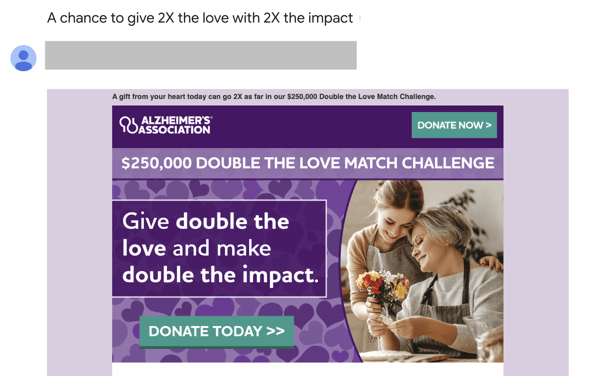
But what makes a good subject line?
The best way to succeed is to leverage natural human tendencies such as:
- Curiosity
- FOMO (Fear Of Missing Out)
- Humor
This is a FOMO subject line, where the Alzheimer’s Association makes it clear that their impact will have twice as much impact — but only for a limited time.
3. Don’t neglect the pre-header text.
The pre-header text, or preview text, is the snippet of text that follows the email subject line when a reader views your email in the inbox. It’s shown beside the subject line and sender name.
These pre-header text examples from the lifestyle brand Quince offer a follow-up to the subject line and give subscribers even more reasons to open the email.
![]()
This snippet is valuable real estate that can make or break your email’s performance. But the message has to fit within limited character space to be effective.
The pre-header text can only contain 50-130 characters — even less if you want it to fit on mobile screens. Make sure your message is short and sweet, yet encourages people to open your email.
4. Prioritize your CTAs.
The way you write and design your CTAs, or calls to action, has a significant impact on email engagement and click-through rates.
As readers are so used to being prompted to take action, creativity is crucial to avoid being filtered out.

Experiment with everything from copy and design to placement and frequency. You’ll discover what kind of CTAs and buttons yield the best results from your particular target audience.
This message from wedding brand BHLDN uses compelling text to pull readers in. The CTA keeps it short and sweet, sealing the deal by offering a complimentary styling session.
5. Write casual, fun copy.
Write as you talk. Nobody appreciates large, dull, jargon-heavy chunks of text. Make it easy, fun, and rewarding to read your emails. And be ultra-clear about what next step you want the reader to take.
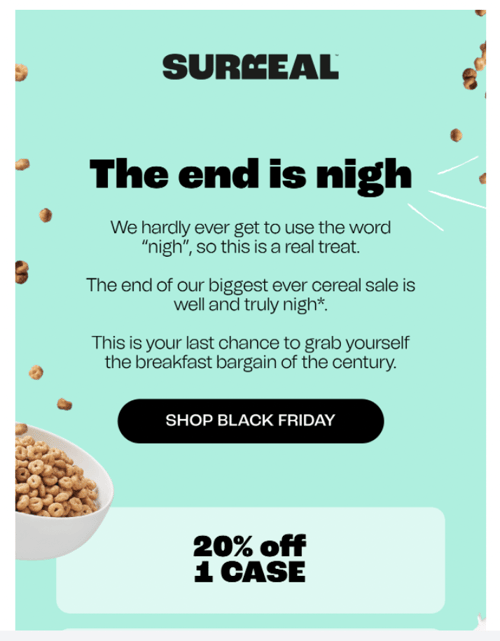
Use active, positive language — and keep sentences concise. And, if appropriate, use humor; people like to smile.
If casual copy isn't your strength, try listing your key points as bullets, then using those bullets as a prompt for an AI email writer. Tools like HubSpot's Campaign Assistant allow you to select the tone and style. You can then massage the draft to fully match your brand voice.
This email copy from Surreal is creative, on-brand, and to the point.
6. Leverage your transactional emails.
After welcome emails, transactional emails have among the highest open rates of all email marketing messages at about 80%-85%. Yet, they rarely contain more information than that of the actual transaction. That means an opportunity for you.
A transactional email is any type of email that is based on an action a subscriber took. Transactional emails include:
- Order confirmation
- Password reset
- Abandoned cart
This order confirmation email from skincare Haoma takes an opportunity to remind customers of the impact of their order.

By giving your transactional emails some extra love and attention, you will wow your customers in a way that many companies miss out on.
7. Conduct A/B testing.
If you’re sending emails, you should be doing A/B testing. You can test every element of your emails, from subject lines and preview tests to copy, images, design, and CTAs.
The more you test, the better you will get to know your target audience. And the better you know your audience, the more you will be able to engage them with your emails.
8. Make sure your email is mobile-responsive.
Most people open emails on their mobile devices. This means that if your emails aren’t mobile responsive, a large portion of them will be going to waste.
Mailchimp found that mobile-responsive email designs can increase click rates by 15%.
As more people continue to open and read emails on their phones, it’s essential to make sure that your design has as good or better UX on mobile as on desktop.
9. Personalize your emails for each recipient.
Customers appreciate personalized experiences. In fact, emails with personalized subject lines are 26% more likely to be opened. This is why tailoring your email marketing to the recipient is crucial.
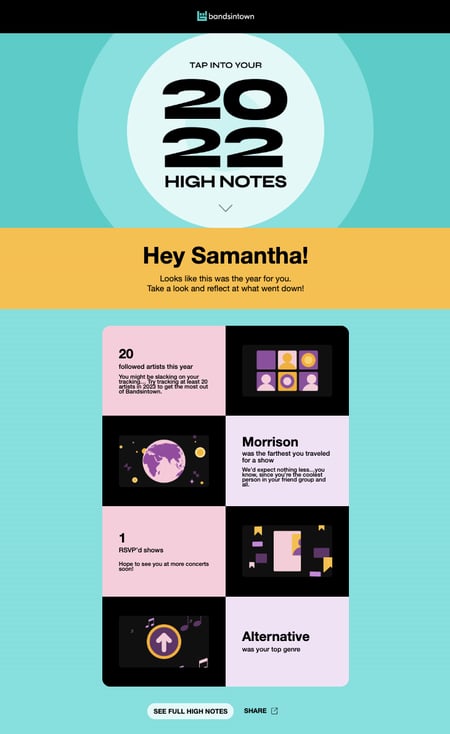
For example, Bandsintown sends personalized emails with visual recaps of its users’ music activity from the past year.
This type of personalized content is not only a great way to re-engage users, but it also encourages social sharing and engagement within a community, multiplying the effect of your emails.
10. Segment your email marketing.
Segmenting your email list enables you to get the right message to the right buyer persona at the right time in their buyer journey. And that is crucial for increasing conversions.
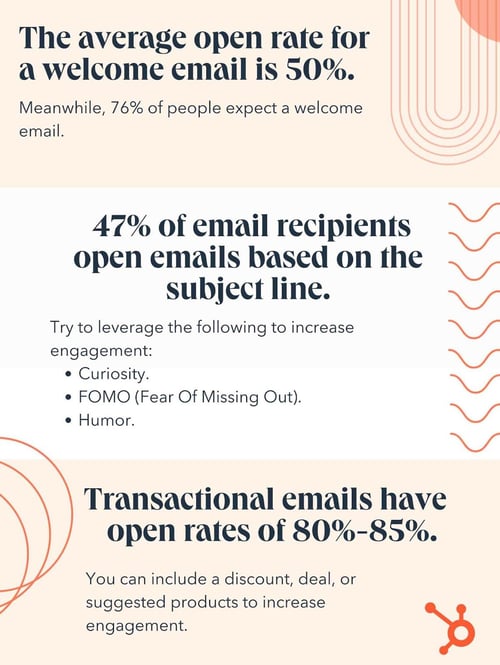
To send segmented emails that are more likely to convert, first integrate your email and marketing software with your CRM and other sources of customer data.
This gives you a 360-degree view of your contacts everywhere, including your email marketing platform. It’s then easier than ever to send highly personalized emails based on your contacts’ groups, memberships, and other properties.
Better Data Means Better Email Engagement
Email communication is one of the most effective ways that you can reach out to customers and prospects. But keeping your emailing lists up to date and personalizing your content can be challenging.
That’s where integration steps in. Sync the contact databases across your app stack, so you’re always working with fully enriched, up-to-date, and relevant data.
With your CRM and email tool in sync, you can automatically send recent subscribers and leads to your email tool. You can also sync extra data for better segmentation of your marketing and nurturing campaigns.
At the same time, you can merge marketing qualified leads (MQLs) back to your CRM with updated data for sales to work with — all without overwriting existing data.
Email Marketing




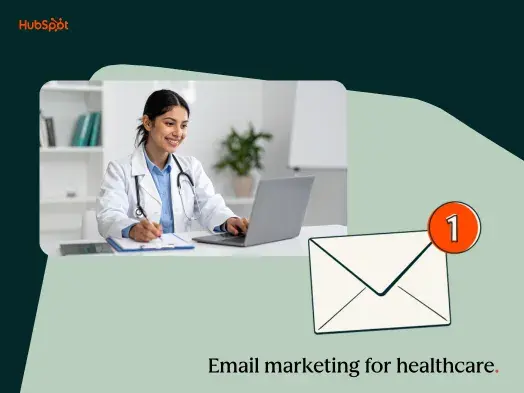
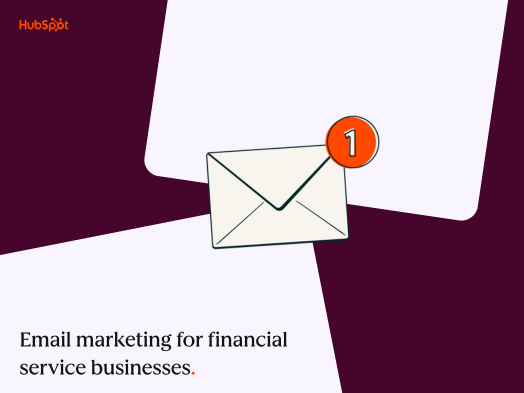
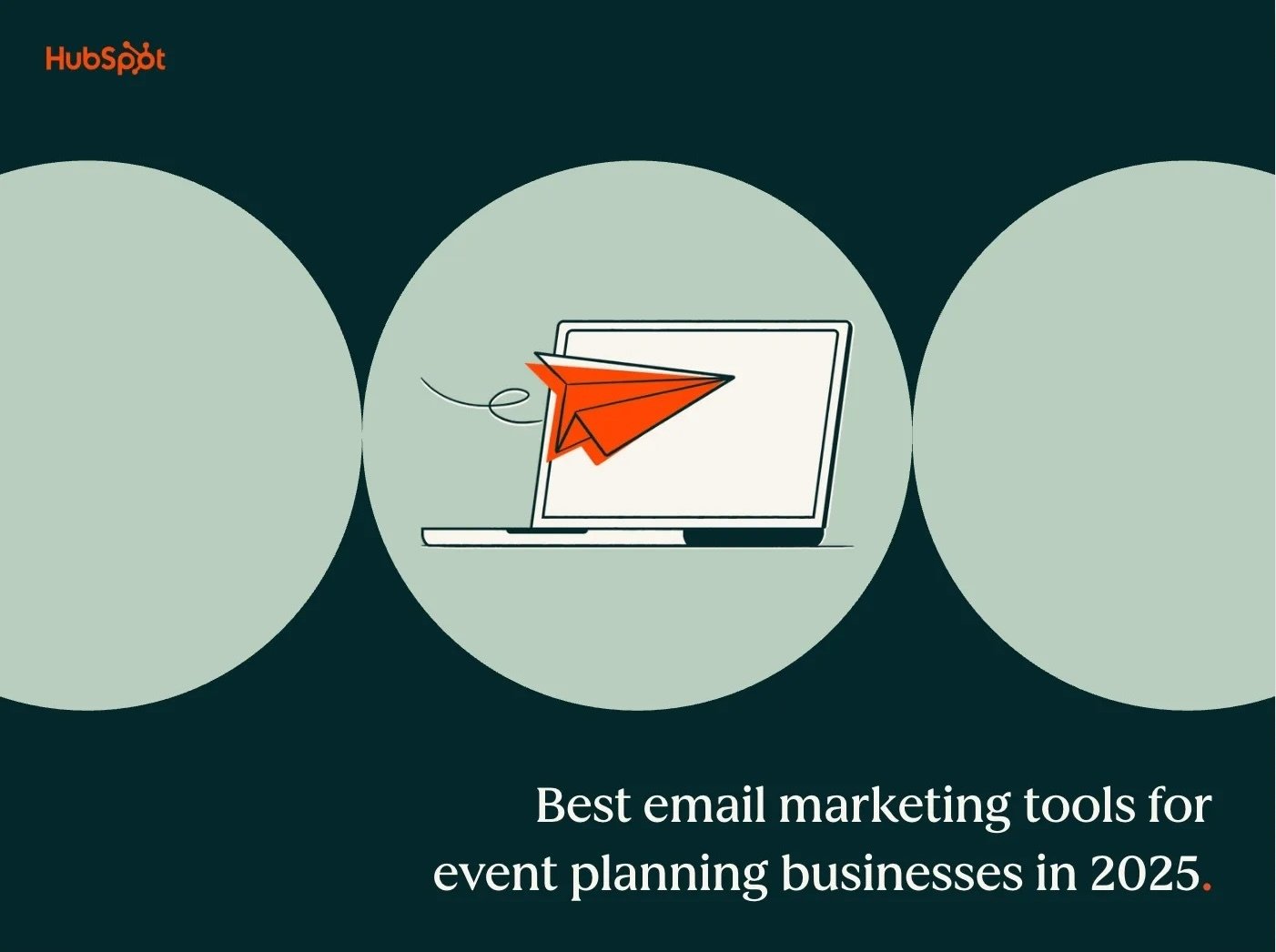
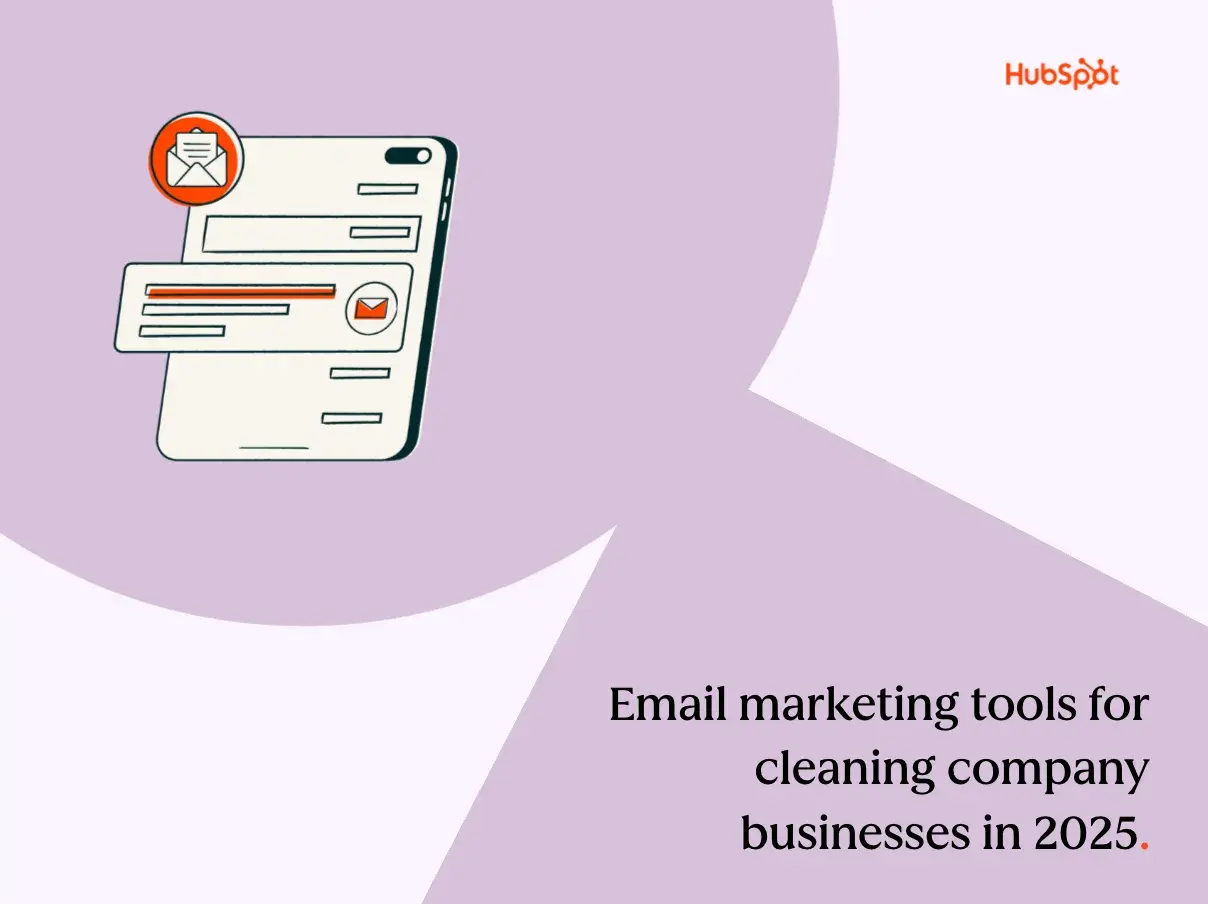
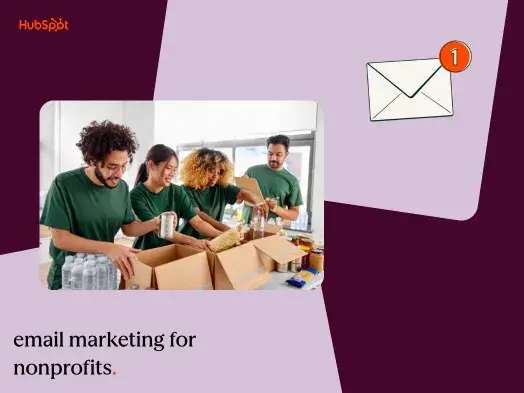
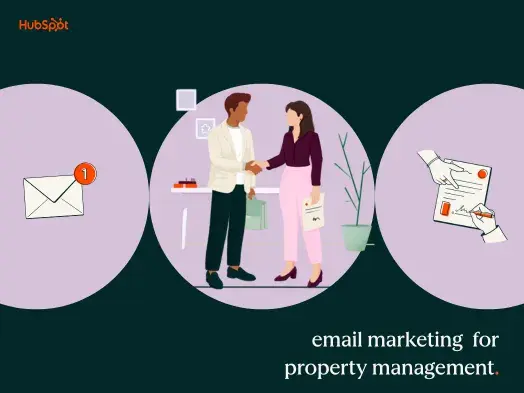
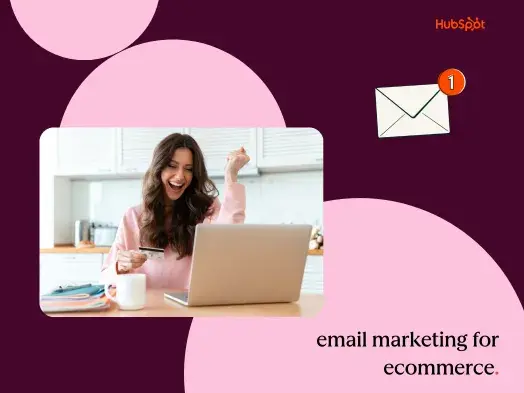

-Oct-23-2025-06-26-28-6723-PM.webp)
